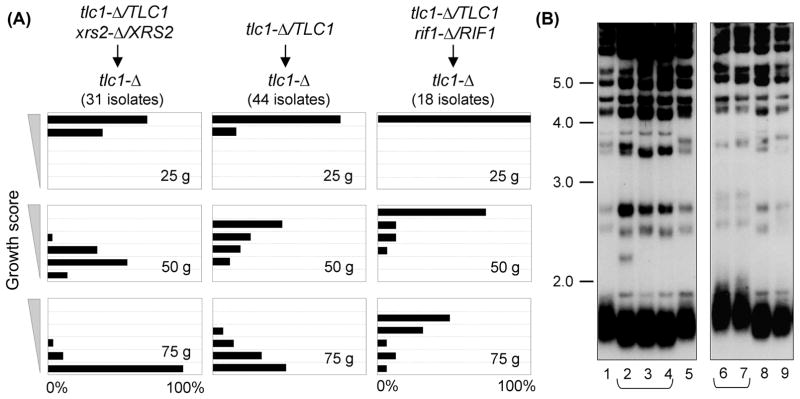Fig. 2. The senescence progression of haploid tlc1-Δ isolates is influenced by haploinsufficiency in the parental diploid strain.
(A) Senescence phenotypes of tlc1-Δ strains from the indicated diploid strains; tlc1-Δ isolates from the rif1-Δ/RIF1 diploid continued to exhibit a progressive decline in growth phenotype with further propagation (data not shown). (B) Telomere length of xrs2-Δ/XRS2 tlc1-Δ/TLC1 (lanes 2–4) and rif1-Δ/RIF1 tlc1-Δ/TLC1 (lanes 6–7) diploid strains used in part (A), compared to the isogenic tlc1-Δ/TLC1 parental strain (lanes 1, 5, 8–9).

